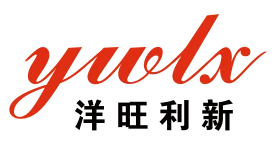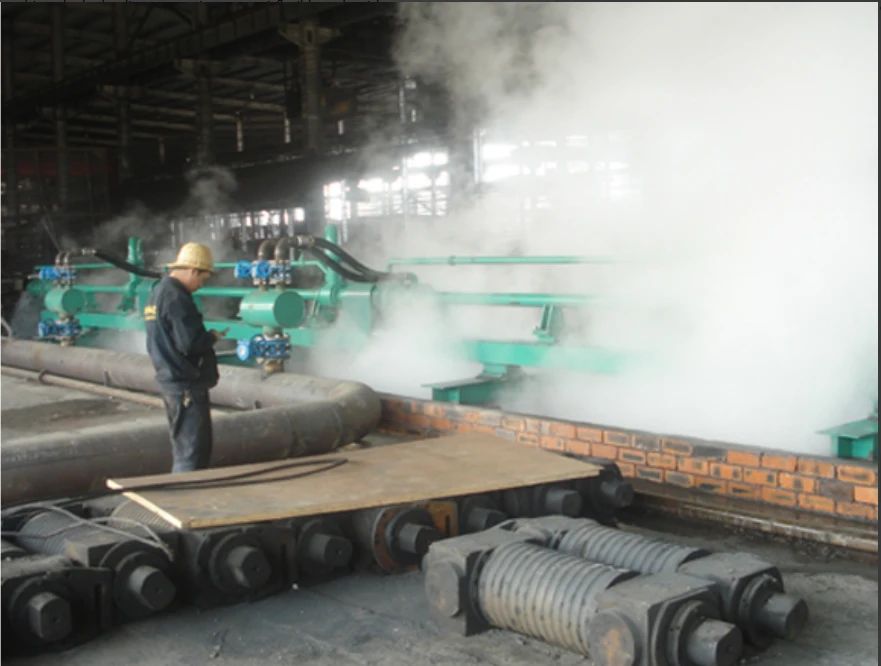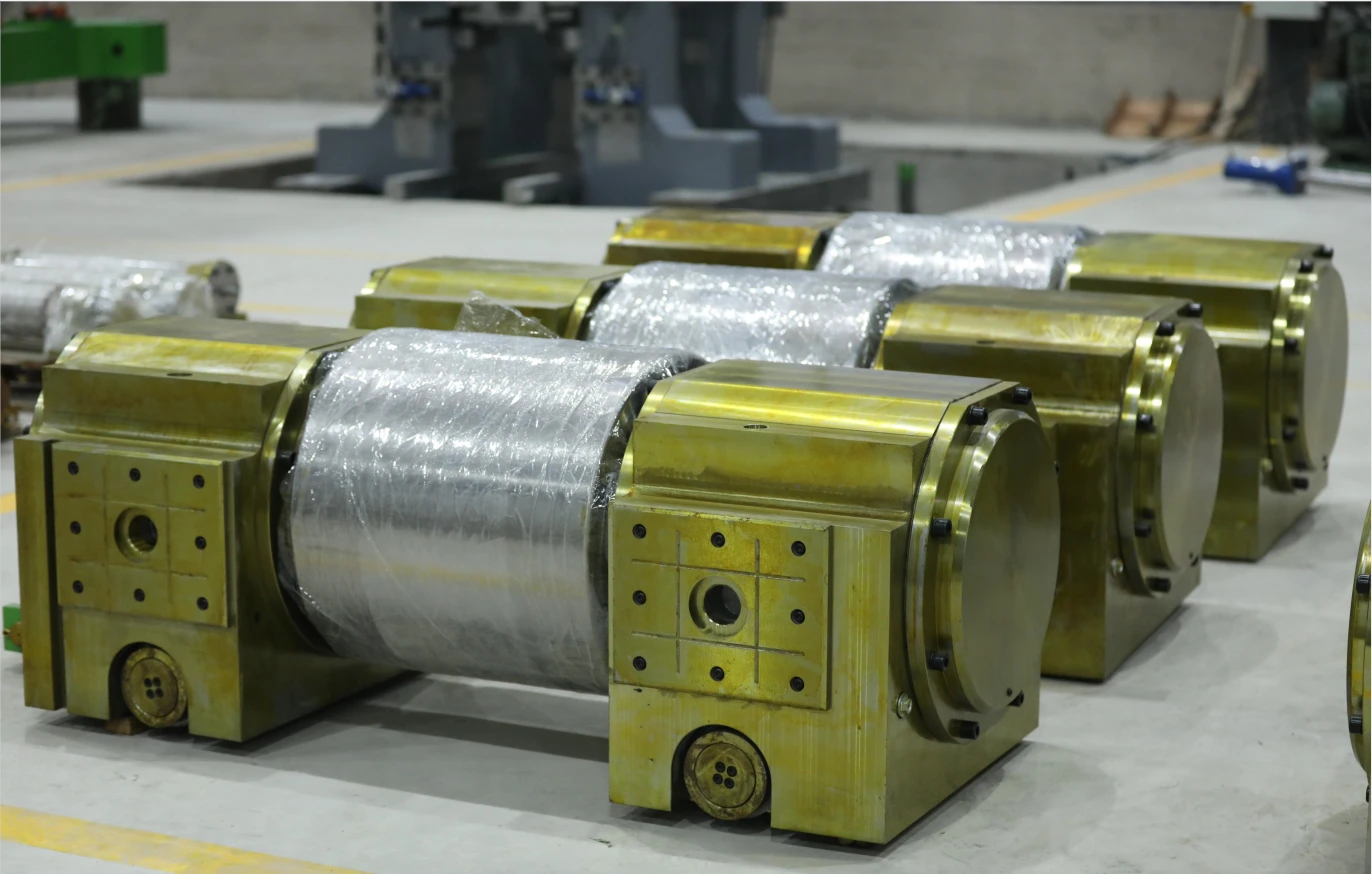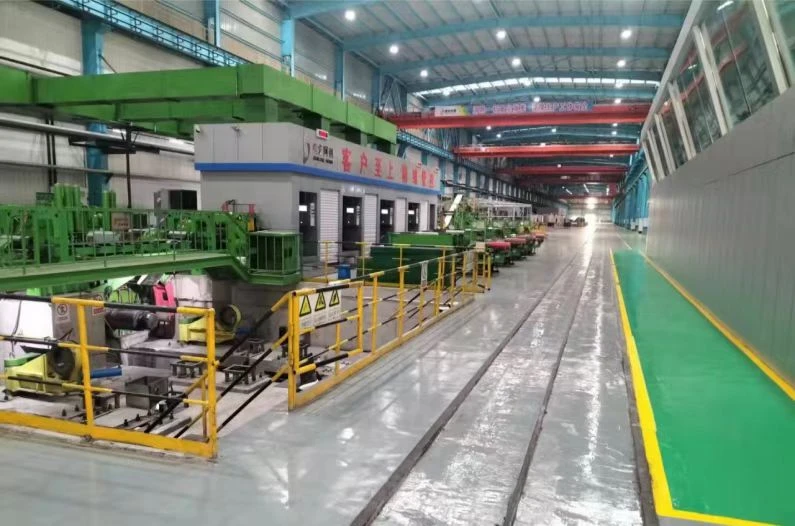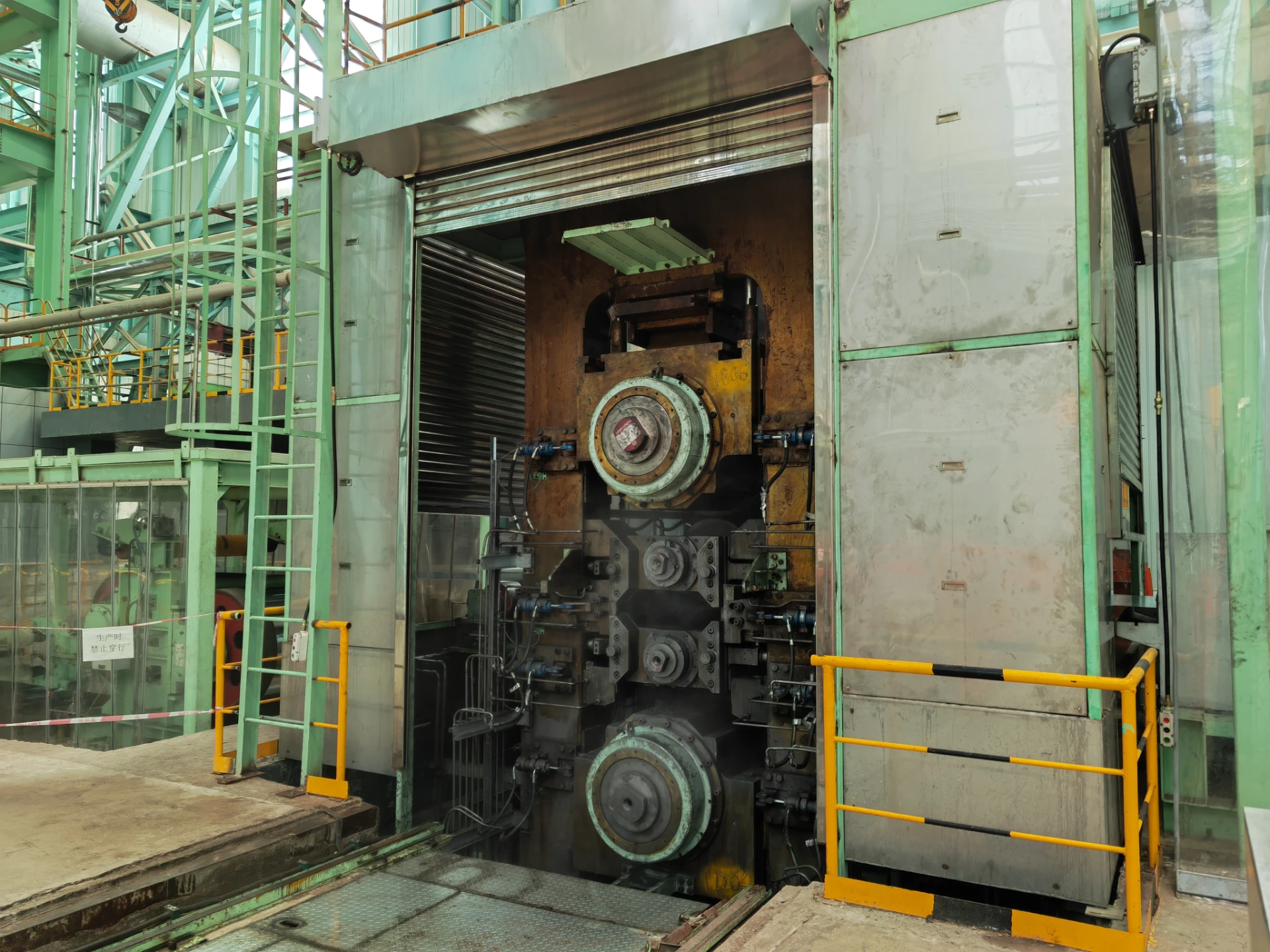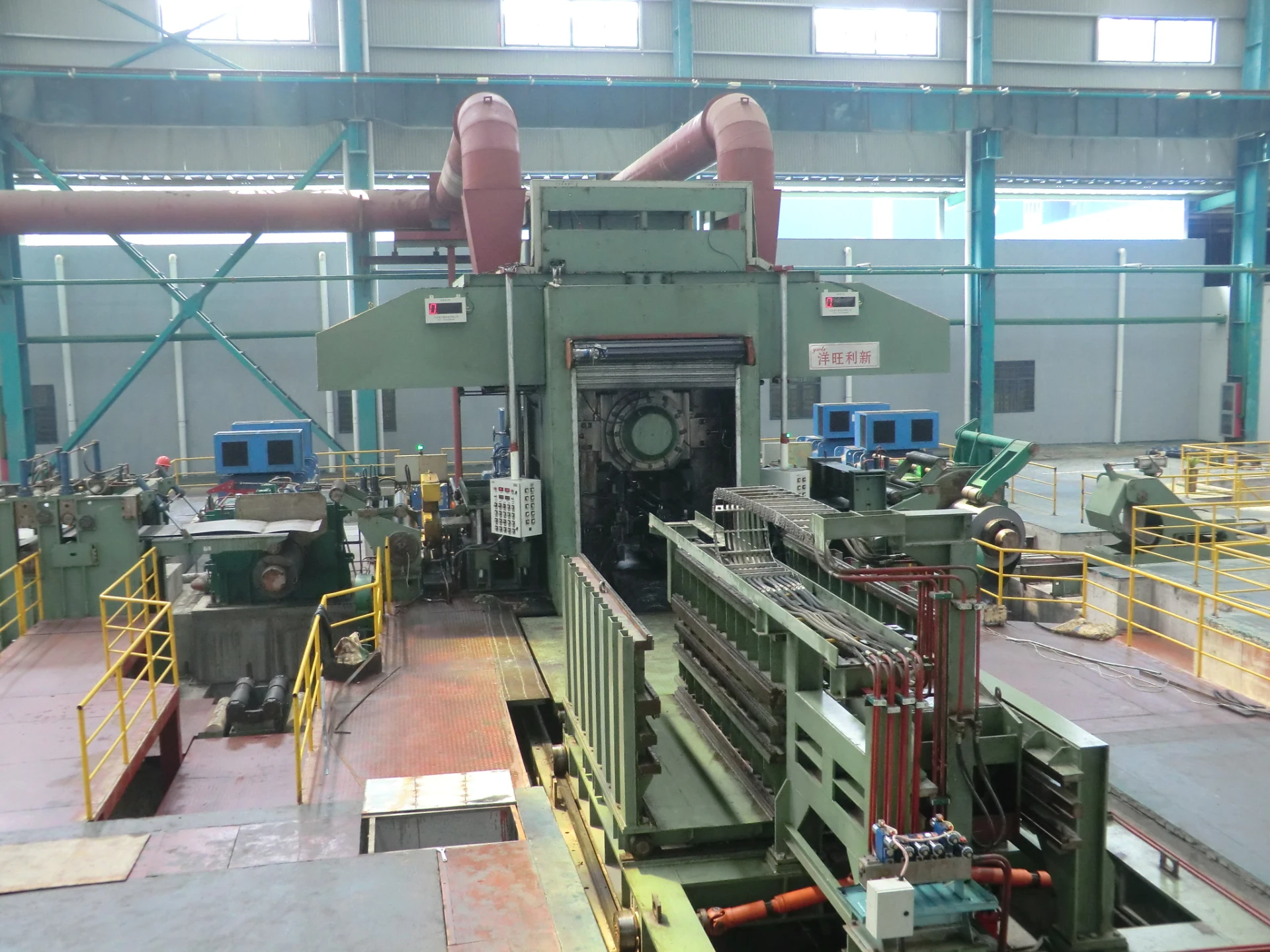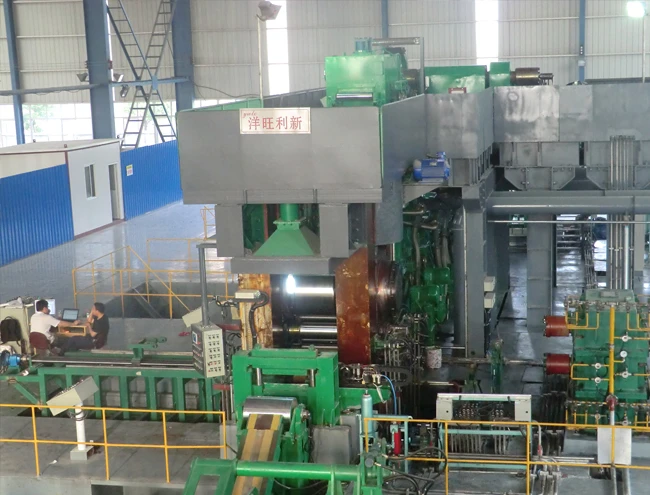
Analysis of Surface Treatment and Subsequent Processing Technology for Reversible Cold Rolling Mills
The modern reversing cold rolling mill represents a critical component in metal processing operations, offering unparalleled flexibility in producing high-quality strip products. Unlike traditional continuous mills, the reversible cold rolling mill allows for multiple passes of the same strip through the roll gap, enabling precise control over material thickness and surface characteristics. This unique capability makes surface treatment and subsequent processing particularly important in reversing rolling mill operations, where each pass presents new opportunities to enhance product quality. The cold reversing mill configuration, with its ability to process materials in both directions, requires specialized approaches to surface preparation and finishing that differ significantly from unidirectional rolling systems.
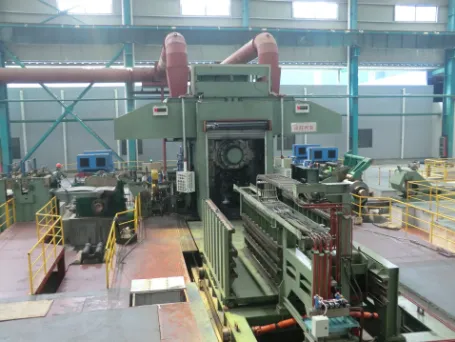
Surface Preparation Prior to Reversible Cold Rolling
Proper surface treatment before entering the reversing cold mill is fundamental to achieving optimal rolling results. The preparation process typically begins with thorough cleaning to remove oxides, oils, and other contaminants that could affect rolling quality. In reversible cold rolling mill operations, this preparatory stage takes on added importance because any surface imperfections will be subjected to multiple rolling passes, potentially amplifying defects with each reversal. Advanced cleaning systems for cold reversing mill applications often combine chemical and mechanical methods, including:
High-pressure jet cleaning with specialized solutions
Brush scrubbing systems with controlled bristle hardness
Electrolytic cleaning for particularly tenacious surface films
These preparation techniques must be carefully coordinated with the reversing rolling mill operation schedule to ensure surfaces are properly treated without causing unnecessary delays in production throughput.
Reversible Cold Rolling: Surface Treatment During Rolling Operations
The dynamic nature of a reversible cold rolling mill creates unique opportunities for surface treatment during the actual rolling process. Unlike continuous mills, the reversing cold mill allows for intermediate treatments between passes, enabling operators to address surface issues as they develop. Modern cold reversing mill installations often incorporate:
On-line lubrication systems that adjust oil film thickness based on pass direction and reduction parameters
Intermediate cleaning stations that remove rolling lubricants and generated particulates between passes
Real-time surface inspection systems that guide treatment adjustments during multi-pass operations
The reversing capability of these mills enables particularly effective surface work hardening treatments, where alternating directions of material flow produce more uniform grain structures than unidirectional processing. Reversing rolling mill technology has evolved to integrate these surface treatment capabilities directly into the rolling sequence, creating a seamless process that maintains strip quality throughout all reduction stages.
Reversible Cold Rolling: Roll Surface Maintenance and Its Impact
The condition of work rolls in a reversible cold rolling mill directly influences the surface quality of finished products. Unlike continuous mills where rolls are typically changed during scheduled maintenance, the cold reversing mill often requires more frequent roll inspections and treatments due to:
Alternating directional stresses that create unique wear patterns
Varied reduction percentages across different passes
Changing lubrication conditions during forward and reverse rolling
Advanced reversing cold mill operations employ several strategies to maintain optimal roll surface conditions:
On-machine roll grinding systems that can refresh roll surfaces between campaigns
Laser texturing systems that restore specific surface patterns without removing rolls
Real-time roll temperature monitoring to prevent thermal-induced surface degradation
Adaptive crown control systems that compensate for roll wear during reversing operations
These approaches help maintain consistent surface transfer from rolls to strip throughout the reversible cold rolling mill process, ensuring uniform quality across all passes.
Post-Rolling Surface Treatments in Reversible Cold Rolling
After completing the rolling sequence in a reversing rolling mill, additional surface treatments are often required to meet final product specifications. The cold reversing mill environment presents both challenges and opportunities for these finishing processes:
Etching and pickling treatments must account for the unique surface structure created by multi-directional rolling
Passivation processes require adjustment for the altered surface energy characteristics
Coating applications must consider the refined grain structure from reversing reduction
Modern reversible cold rolling mill lines often incorporate inline finishing systems that leverage the mill's reversing capability to apply multiple treatment layers with precise control. This integrated approach reduces handling and improves overall quality consistency compared to separate processing steps.
Quality Control and Surface Inspection of Reversible Cold Rolling
The reversing cold mill configuration enables unique quality control opportunities throughout the rolling process. Advanced surface inspection systems in cold reversing mill operations typically feature:
Multi-directional scanning capabilities that match the strip's reversing movement
Adaptive algorithms that account for expected surface evolution across passes
Integrated defect mapping that tracks specific areas through each reversal
Real-time feedback systems that adjust rolling parameters to correct surface issues
These systems take full advantage of the reversible cold rolling mill's ability to reprocess specific sections of the strip, allowing for targeted corrections that would be impossible in continuous mills.
Emerging Technologies in Surface Processing of Reversible Cold Rolling
Recent advancements in reversing rolling mill technology are introducing innovative surface treatment capabilities:
Plasma-assisted surface activation between rolling passes
Laser surface structuring integrated into the reversing sequence
Nanoscale coating applications during intermediate annealing
Smart lubrication systems that adapt to surface conditions in real-time
These developments are transforming the cold reversing mill from a simple thickness reduction tool into a comprehensive surface engineering system capable of creating tailored surface properties for specialized applications.
The reversible cold rolling mill represents a sophisticated platform for advanced surface treatment and subsequent processing of metal strips. Its unique reversing capability enables multi-stage surface refinement that cannot be replicated in continuous mills. From initial preparation through final finishing, the cold reversing mill offers unparalleled control over surface characteristics, making it indispensable for high-precision applications. As surface quality requirements continue to escalate across industries, the reversing rolling mill will undoubtedly evolve further, incorporating ever more advanced treatment technologies to meet these demanding standards while maintaining the efficiency and flexibility that have made this configuration so valuable to metal producers worldwide.
-
YWLX’s 1450mm Six-Hi Reversing Mill Goes Live in BangladeshNewsNov.24,2025
-
Adjusting Roll Gap in 6Hi Reversing Cold Rolling Mill for Thin StripNewsNov.13,2025
-
Quality Control Standards for Automatic Gauge Control in Strip RollingNewsNov.13,2025
-
Effect of Skin Pass Rolling on Metal DuctilityNewsNov.13,2025
-
Key Components of a Modern TempermillNewsNov.13,2025
-
Common Wear Patterns of Work Roll in Tandem Cold Mill OperationsNewsNov.13,2025
-
Revolutionary Skin Pass Rolling Technology for Enhanced Steel QualityNewsNov.04,2025


